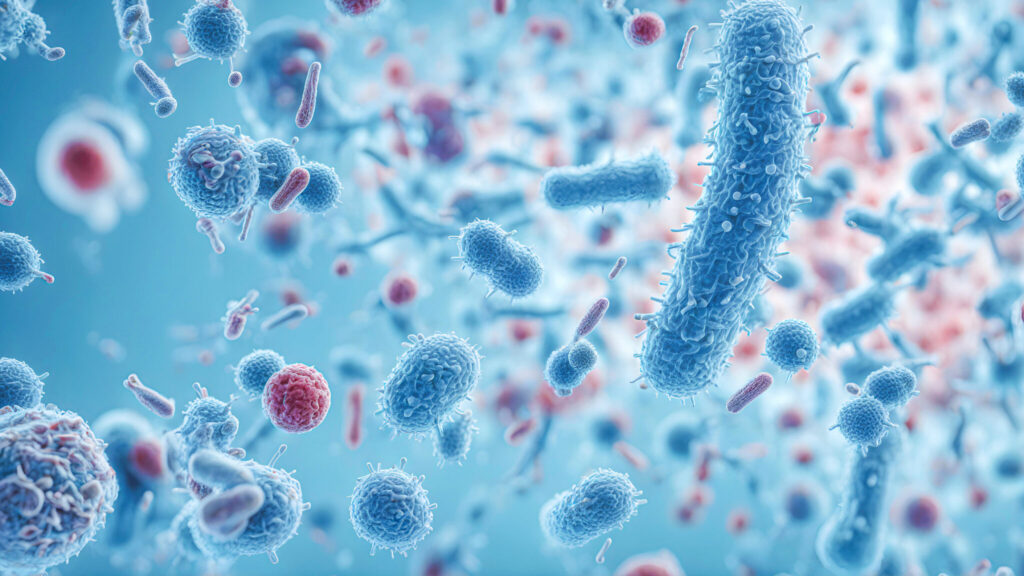
A UC Berkeley professor of chemical and biomolecular engineering has long aimed to distinguish good oral bacteria from the bad. But Wenjun Zhang’s quest is not straightforward.
Researchers have found that bacterial species are not entirely good or bad. This is because individual species can have hundreds of strains that vary in their cavity-promoting qualities. To address this challenge, Zhang and her team focused on the DNA sequences of all bacteria in the mouth—the oral metagenome, a genetic snapshot of the entire microbial community—in search of clusters of genes linked to cavities.
Related: Study links certain mouth bacteria to dementia risk, Alzheimer’s gene
In doing so, they identified a gene cluster capable of producing two molecules that bind together and help oral bacteria, both beneficial and harmful, form strong biofilms on teeth.
Lipopeptide molecules strengthen biofilms
The researchers reported that this gene cluster produces two newly identified lipopeptide molecules, which work together to encourage bacteria to clump and link into chains. These structures strengthen the biofilm on tooth surfaces. While such biofilms are usually associated with cavity-causing microbes, the team suggests these molecules could also be harnessed by beneficial bacteria to establish themselves more effectively and outcompete harmful strains.
“Particular strains belonging to the same species can be a pathogen, a commensal, or even probiotic,” Zhang said. “After we better understand these molecules’ activity and how they can promote strong biofilm formation, we can introduce them to the good bacteria so that they can form strong biofilms and outcompete all the bad ones.”
The finding came after searching an online database of metagenomic sequences from microbial communities in the mouths of human volunteers.
Related: Everything you need to know about genetic oral testing in dental practice
Zhang’s team published their paper on Aug. 19, in the Proceedings of the National Academy of Sciences. The research was supported by the National Institute of Dental and Craniofacial Research of the U.S. National Institutes of Health (R01DE032732).
The discovery highlights how studying the oral microbiome at the genetic level could pave the way for targeted cavity prevention strategies.